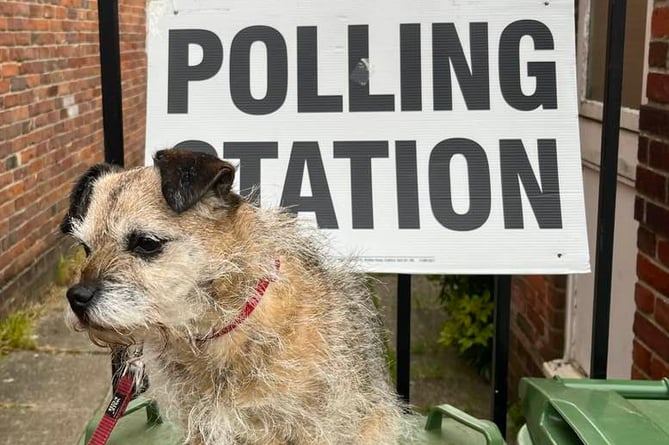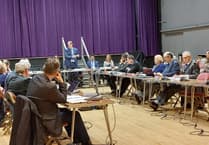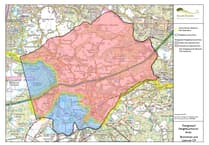Back in May during the district council elections, one of my most successful forays into the fraught world of social media was a picture of a dog sitting on a green bin outside a Petersfield polling station.
The dog wasn’t impressed by the disruption to her morning walk. A cute-looking Border Terrier, she grudgingly permitted the indignity of being lifted on to the bin so the polling station sign was visible behind her.
There was no smile for the camera, just a disinterested sideways glance.
It was a usable picture and found itself on to various local social media sites generating more views and engagements than any other post I’d done during the election campaign.
There were even some comments – not all complimentary.
Nothing against the terrier – you’d have to be pretty stony hearted to take exception to her – but about the local elections.
One disgruntled commentator remarked there was more sense in voting for the dog than any of the candidates. As one of the candidates, I tried not to take this too personally.
But it does raise the question: what is the point of councillors?
The rest of the day’s polling passed uneventfully. I shared telling duty with one of my Conservative opponents for a while. We had a brief moment of disagreement about the wisdom of the government’s voter ID regulations, and whether they were necessary.
Our relative positions were so incompatible that, in the interests of civic unity, we agreed to differ and moved on to more uncontentious subjects where we found much common ground.
I confess to feeling more than a little smug when a middle-aged couple leaving the polling station couple rounded on my Tory friend and berated her for supporting a policy that, they claimed, disenfranchised voters who did not have the necessary identity to vote.
To her credit, she looked suitably chastised.
But to return to the question posed earlier, what are councillors for? The primary role of a district councillor is to represent their ward and the people who live in it. This includes leading the development of strategies and plans for their area, balancing the different needs of all residents across the district, identifying priorities, and targeting the limited resources available to the council to achieving them.
So how much of an inroad have I made so far? The first thing I must acknowledge is the extent of my ignorance.
Despite attending council meetings and following council business before being elected, I had no idea of the scope and breadth of information I would be expected to absorb in a relatively short period of time.
Fortunately, council officers provide excellent training, and my cohort of new councillors is gradually getting up to speed.
One thing I can say is things have moved on at East Hants District Council and there is a genuine desire among elected members of all parties and the council officers to make decision-making as transparent as it can be.
If you’d like to see for yourself how the council works, then I can only repeat Cllr Millard’s invitation in his article in last week’s paper. Full council meetings will be held across the district as part of the ‘roadshow’ planned to take local democracy closer to residents.
And if the leader of the council is surprised to find his plan for greater visibility of council business is supported by one of his political opponents, let me add there is much more we can agree upon.
True, we may have different priorities, place different emphasis on some strategies, but negotiating a common approach with other parties to the challenges faced across the district might relieve Cllr Millard and his Conservative colleagues of the necessity of allowing a minority group to distort the interests of all the district’s residents.




